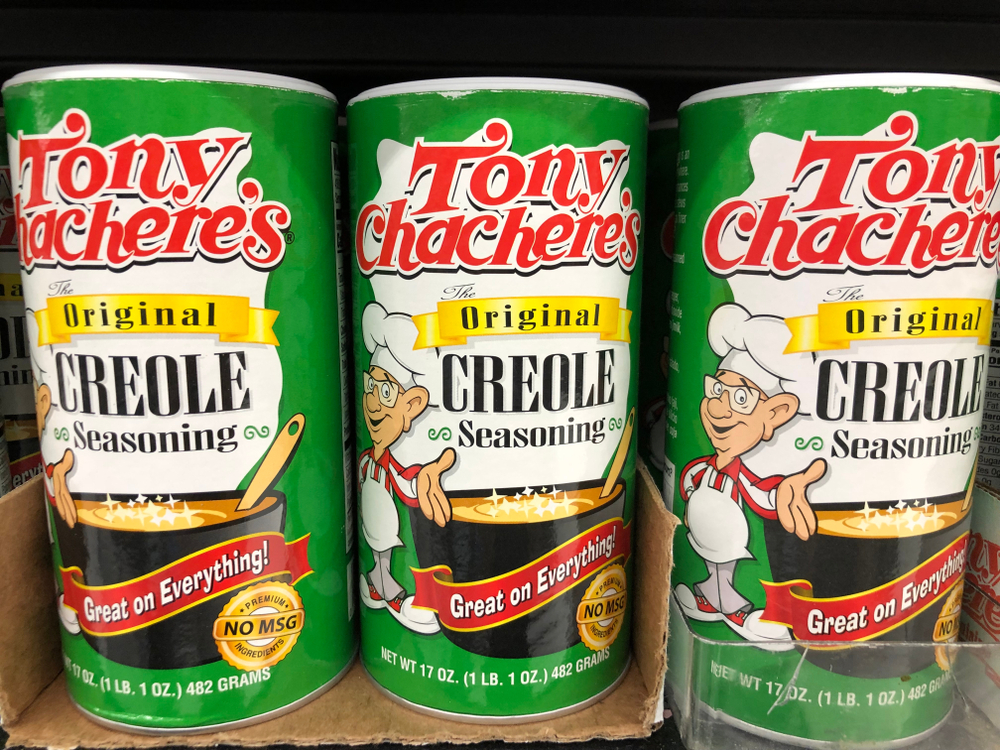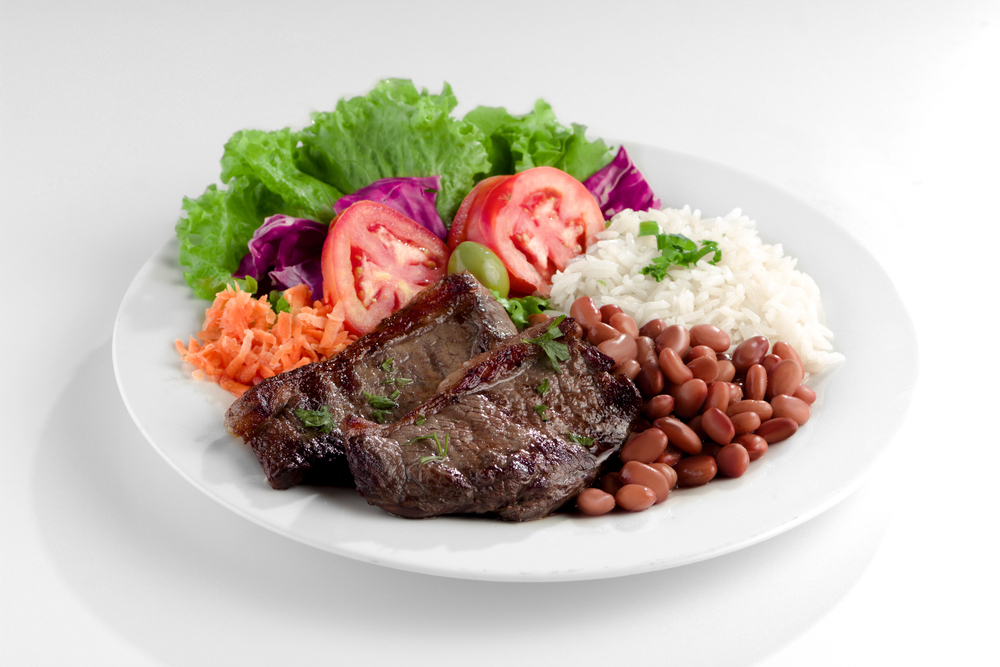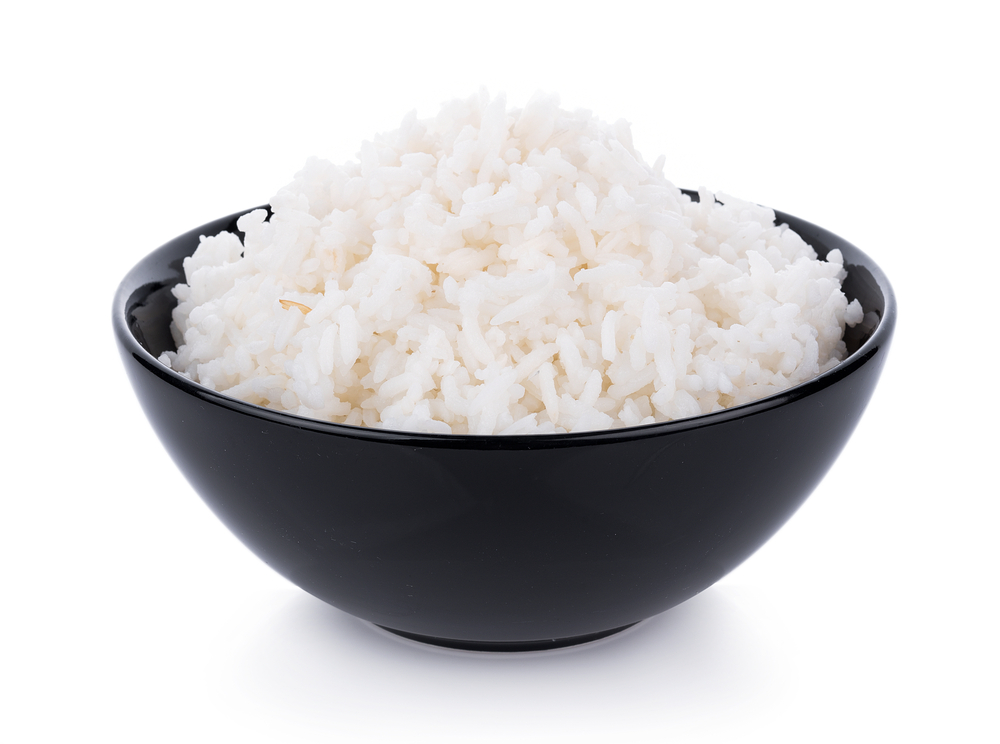I love jambalaya, and I’m sure you do too. It’s a delicious dish that is perfect for any occasion. Whether you’re hosting a party or just looking for a quick meal, jambalaya is a great choice.
However, reheating jambalaya can be a bit tricky. You don’t want it to dry out or become too mushy. In this article, I will show you the best way to reheat jambalaya, so it tastes just as good as the day you made it.
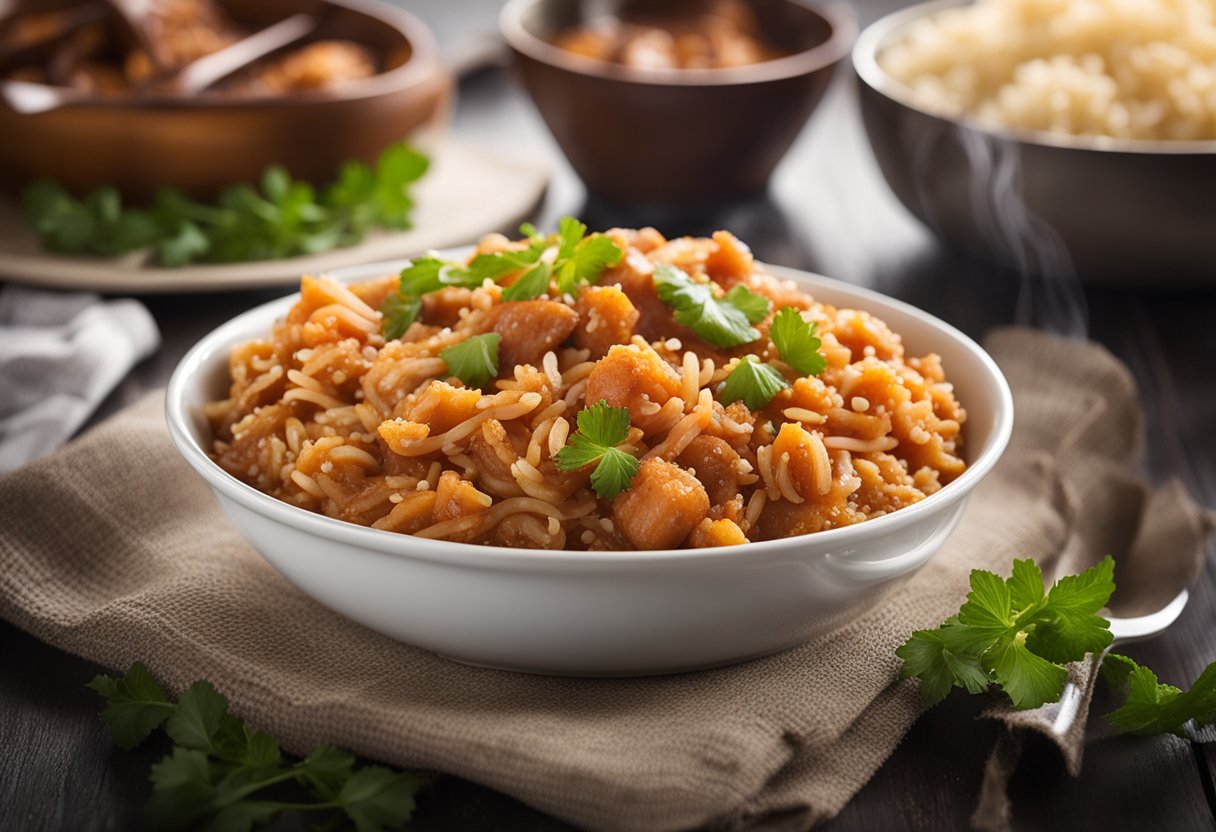
Jambalaya is a classic Creole dish that originated in Louisiana. It’s a one-pot meal that is made with rice, meat, and vegetables.
There are many variations of jambalaya, but the most common ones include chicken, sausage, and shrimp. Jambalaya is a great dish to make in large batches, so you can enjoy it for several meals. However, reheating jambalaya can be a bit tricky.
If you’re not careful, it can become dry or mushy. In the following sections, I will show you how to reheat jambalaya properly, so it tastes just as good as it did when you first made it.
Key Takeaways
- Reheating jambalaya on the stove is the best method.
- Adding a bit of water or broth will keep the dish moist.
- Jambalaya can be frozen for up to two months.
Understanding Jambalaya
Jambalaya is a classic Louisiana Creole dish that is a staple comfort food in the southern United States.
It is a rice dish that is typically made with a combination of chicken, shrimp, and sausage, but there are many variations of the recipe that include different meats and vegetables.
The origins of jambalaya are somewhat unclear, but it is believed to have originated in the French Quarter of New Orleans in the late 18th century.
It is a dish that is heavily influenced by both Cajun and Creole cuisine, and it has become a symbol of Louisiana’s rich culinary heritage.
The key to a good jambalaya is in the ingredients. The rice should be cooked to perfection and the meats and vegetables should be seasoned just right.
The dish should be spicy, but not overwhelmingly so, and it should have a rich, complex flavor that is both satisfying and comforting.
If you are looking for a classic Creole recipe for jambalaya, there are many great options available online.
Some of the most popular recipes include chicken and sausage jambalaya, shrimp and sausage jambalaya, and vegetarian jambalaya.
Overall, jambalaya is a delicious and satisfying dish that is perfect for any occasion.
Whether you are looking for a comforting meal on a cold winter night or a spicy dish to serve at your next dinner party, jambalaya is sure to please.
Reheating Jambalaya: A General Overview
When it comes to reheating jambalaya, there are a few things to keep in mind to ensure that your dish is safe to eat and still tastes great.
The key is to heat the jambalaya to a piping hot temperature throughout, which means that all parts of the dish reach at least 165°F (74°C) to kill any harmful bacteria that may have grown in the food.
There are several ways you can reheat jambalaya, including using the oven, stovetop, or microwave.
However, each method has its own pros and cons, and the best option for you will depend on your preferences and the equipment you have available.
One general rule of thumb is to add a small amount of liquid, such as water or broth, to the jambalaya before reheating to prevent it from drying out.
Just a tablespoon or two should be enough, and you don’t want to drench the rice.
Another important consideration is to make sure that the jambalaya is reheated evenly.
This means stirring the dish occasionally and checking the temperature in different spots to ensure that it is evenly heated throughout.
Overall, reheating jambalaya is a simple process as long as you follow the proper safety guidelines and take care to heat the dish evenly.
In the next section, we’ll go over some specific methods for reheating jambalaya, so you can choose the one that works best for you.
Reheating Jambalaya in the Microwave
When it comes to reheating jambalaya, the microwave is one of the quickest and easiest methods. However, it’s important to take some precautions to ensure that the jambalaya is reheated evenly and doesn’t dry out.
First, make sure you have a microwave-safe dish. Glass or ceramic dishes are usually the best options. Avoid using plastic containers as they can melt or release harmful chemicals into the food.
Next, add a tablespoon or two of water to the jambalaya before reheating. This will help to create steam and prevent the rice from drying out.
If the jambalaya is particularly dry, you may need to add more water.
Cover the dish with a microwave-safe lid or plastic wrap, leaving a small vent for steam to escape. This will help to create a moist environment for the jambalaya to reheat in.
Microwave the jambalaya on high for 2-3 minutes. Check the temperature and stir the jambalaya. If it’s not hot enough, microwave for another minute or so.
Be careful when removing the dish from the microwave as it will be hot. Let it sit for a minute before serving.
Overall, reheating jambalaya in the microwave is a quick and easy option. Just remember to use a microwave-safe dish, add water to prevent drying, and cover the dish to create a moist environment.
Reheating Jambalaya on the Stove
When it comes to reheating jambalaya, using the stove is a popular method. It’s a quick and easy way to warm up leftovers, and it allows you to control the heat and stir the jambalaya as it reheats.
To reheat jambalaya on the stove, you’ll need a pan or saucepan. A frying pan or a deep saucepan will work well. You’ll also need a spatula or wooden spoon for stirring.
Here’s how to reheat jambalaya on the stove:
- Place the jambalaya in the pan or saucepan. If the jambalaya is dry, you may need to add a little bit of water or broth to prevent it from sticking to the bottom of the pan.
- Turn the heat to medium-low. You don’t want to heat the jambalaya too quickly, or it may burn or stick to the pan.
- Stir the jambalaya frequently as it reheats. This will help to distribute the heat evenly and prevent it from burning.
- Continue to heat the jambalaya until it is hot all the way through. You can check the temperature with a food thermometer to make sure it has reached at least 165°F.
- Once the jambalaya is hot, turn off the heat and serve.
Using the stovetop method to reheat jambalaya is a great way to get a hot and delicious meal in no time.
Just be sure to stir the jambalaya frequently and keep an eye on the heat to prevent it from burning or sticking to the pan.
Reheating Jambalaya in the Oven
When it comes to reheating jambalaya, using the oven is one of the best options. It’s a simple and effective method that ensures your dish is heated evenly and doesn’t dry out.
To start, preheat your oven to 300 degrees Fahrenheit. Next, transfer your jambalaya into an oven-safe casserole dish.
If you’re worried about the dish drying out, you can add a tablespoon or two of water or broth to the jambalaya. Be careful not to add too much liquid, as you don’t want to drench the rice.
Once your jambalaya is in the dish, cover it with aluminum foil. This will help to trap in the moisture and prevent the dish from drying out.
Make sure the foil is tightly sealed around the edges of the dish.
Place the dish in the oven and let it heat for 20-25 minutes. This should be enough time to heat the jambalaya through without overcooking it.
After 20-25 minutes, remove the dish from the oven and check that the jambalaya is piping hot throughout.
If the jambalaya isn’t hot enough, you can return it to the oven for another 5-10 minutes. Just be careful not to overcook it, as this can cause the rice to become mushy and the meat to become tough.
Overall, reheating jambalaya in the oven is a simple and effective method that ensures your dish is heated evenly and doesn’t dry out.
With a little bit of preheating and some aluminum foil, you can enjoy a piping hot bowl of jambalaya in no time.
Preserving the Flavor During Reheating
As a lover of jambalaya, I know that reheating it can be a tricky task. You want to preserve the flavor and texture of the dish while ensuring that it is heated evenly. Here are some tips to help you preserve the flavors of your jambalaya during reheating:
Use Broth or Water
When reheating jambalaya, sprinkle a tablespoon or two of broth or water on the rice to prevent it from drying out.
This will help the rice to retain its moisture and flavor, ensuring that it doesn’t become tough or chewy. Make sure not to overdo it, as too much liquid can make the jambalaya soggy.
Heat it Slowly
To ensure that the jambalaya is heated evenly, it is important to heat it slowly. Set the burner to medium-low heat and allow the jambalaya to warm through gently.
This will help the flavors to meld together and prevent any burnt or overcooked bits.
Cover it
Covering the jambalaya while reheating can help to trap in the moisture and flavors. Use aluminum foil or a lid to cover the dish, ensuring that it is tightly sealed.
This will help to prevent any moisture from escaping, ensuring that the jambalaya remains moist and flavorful.
Don’t Overheat
Overheating can cause the jambalaya to become dry and tough, ruining the flavor and texture of the dish. To prevent this, heat the jambalaya until it is just hot enough, without overheating it.
This will help to preserve the flavors and textures of the dish, ensuring that it is just as delicious as the first time you cooked it.
By following these tips, you can ensure that your reheated jambalaya is just as flavorful as the first time you cooked it. With a little care and attention, you can enjoy your favorite dish without sacrificing its flavor or texture.
Storing and Freezing Jambalaya
As a fan of jambalaya, I often cook a large batch to enjoy throughout the week. However, I don’t always finish the entire pot, leaving me with leftover jambalaya to store and reheat later.
In this section, I will share my tips on how to store and freeze jambalaya to prevent food waste and ensure that the dish retains its flavor and texture.
Storing Leftover Jambalaya in the Fridge
If you plan to eat your leftover jambalaya within the next few days, storing it in the fridge is the best option. To do this, transfer the jambalaya to an airtight container and place it in the refrigerator.
The jambalaya should be consumed within three to four days to ensure its freshness and safety. If you notice any signs of spoilage, such as an off smell or mold, discard the jambalaya immediately.
Freezing Jambalaya for Later
If you have more leftover jambalaya than you can eat within a few days, freezing it is a great way to extend its shelf life.
To freeze jambalaya, let it cool completely before dividing it into individual portions. This will make it easier to defrost and reheat later.
When dividing the jambalaya, make sure to use freezer-safe containers or bags to prevent freezer burns. Label each container or bag with the date and contents to keep track of the storage time.
Jambalaya can be frozen for up to three months, but for the best quality, it’s recommended to consume it within two months.
Defrosting and Reheating Frozen Jambalaya
When you’re ready to eat your frozen jambalaya, remove it from the freezer and let it defrost in the refrigerator overnight.
Once defrosted, transfer the jambalaya to a microwave-safe dish and reheat it in the microwave. Alternatively, you can reheat the jambalaya on the stove by adding a little bit of water or broth to prevent it from drying out.
It’s important to note that reheating jambalaya multiple times can affect its texture and flavor. To prevent this, only reheat the amount of jambalaya you plan to eat and avoid reheating the same portion multiple times.
In summary, storing and freezing jambalaya is a great way to prevent food waste and ensure that you can enjoy this delicious dish for days to come.
By following these tips, you can store and reheat your jambalaya with confidence and ease.
Thawing Frozen Jambalaya
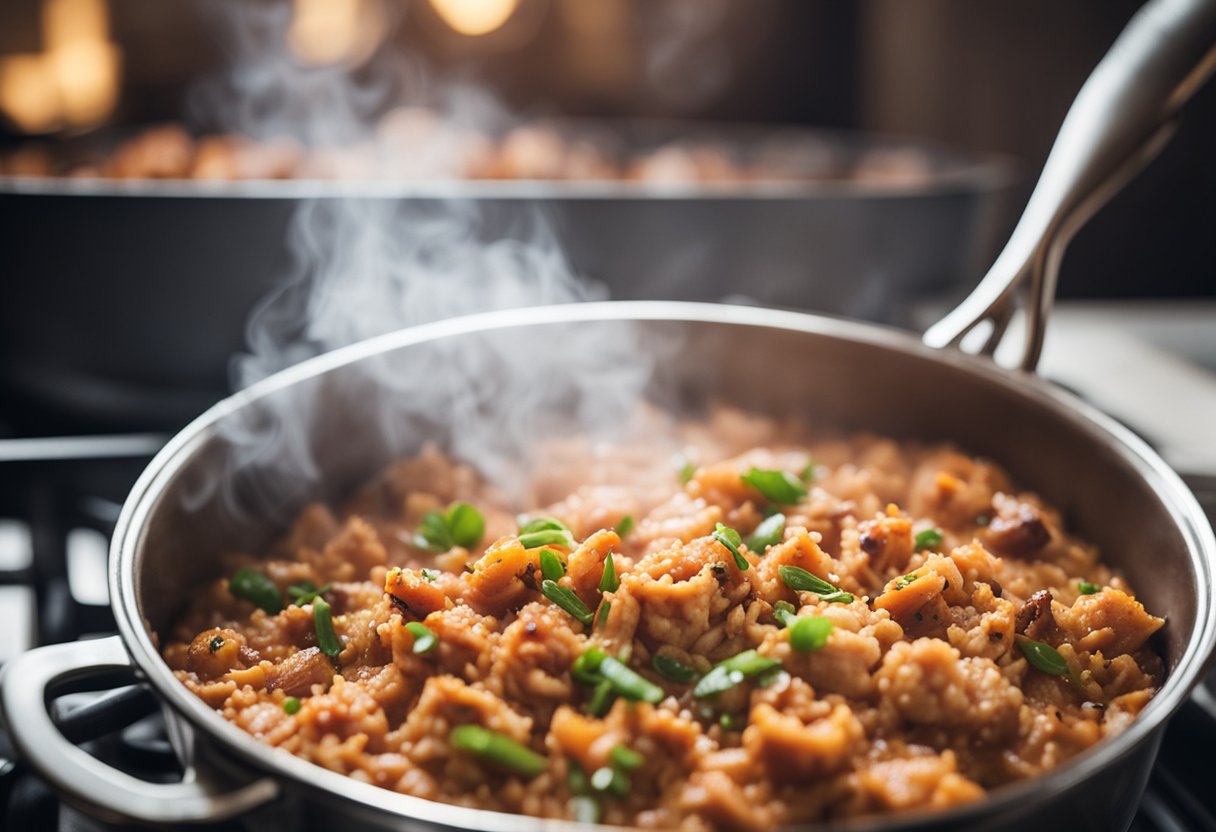
When it comes to reheating frozen jambalaya, the first step is to thaw it properly. Thawing the jambalaya is crucial as it ensures even defrosting without compromising the flavor or texture of the dish.
There are two ways to thaw frozen jambalaya: slow thawing and defrosting in the microwave. Slow thawing is the preferred method as it ensures that the jambalaya is evenly defrosted.
To slow thaw the jambalaya, place it in the refrigerator overnight. This method can take anywhere from 12 to 24 hours, depending on the size of the container.
If you’re in a hurry, you can use the defrost function on your microwave. However, exercise caution to avoid partially cooking the jambalaya during this process.
To defrost the jambalaya in the microwave, place it in a microwave-safe dish and use the defrost function according to the manufacturer’s instructions.
It’s important to note that this method can cause the edges of the jambalaya to cook, resulting in uneven defrosting.
Regardless of the method you choose, it’s important to ensure that the jambalaya is completely thawed before reheating it. Partially thawed jambalaya can result in uneven reheating and may cause food safety concerns.
In summary, thawing frozen jambalaya is an important step in the reheating process. Slow thawing in the refrigerator is the preferred method, but defrosting in the microwave can be used if you’re in a hurry.
Regardless of the method you choose, make sure the jambalaya is completely thawed before reheating it to ensure even reheating and to avoid food safety concerns.
Food Safety Considerations
When it comes to reheating jambalaya, food safety is a crucial consideration. Improperly reheating jambalaya can lead to food poisoning, which can cause serious health problems.
Therefore, it is important to follow the proper food safety guidelines to ensure that the reheated jambalaya is safe to eat.
One of the main concerns with reheating jambalaya is bacteria growth. Bacteria can grow rapidly in food that is left at room temperature for too long.
Bacillus cereus is a type of bacteria that is commonly found in rice dishes, including jambalaya. This bacteria can cause food poisoning if the rice is not stored or reheated properly.
To prevent bacteria growth, it is important to store the jambalaya in the refrigerator within two hours of cooking.
When reheating, make sure to heat the jambalaya to an internal temperature of at least 165°F (74°C) to kill any bacteria that may be present.
It is also important to avoid leaving the jambalaya at room temperature for too long.
If you are reheating the jambalaya in the microwave, make sure to only heat it for a short period of time and check the internal temperature before consuming.
In summary, reheating jambalaya requires careful consideration of food safety guidelines.
To prevent food poisoning, it is important to store the jambalaya properly, heat it to the correct internal temperature, and avoid leaving it at room temperature for too long.
By following these guidelines, you can safely enjoy reheated jambalaya without any health concerns.
Serving Reheated Jambalaya
Once you have reheated your jambalaya, it is time to serve it up and enjoy the delicious flavors. There are a few ways to enhance the presentation and taste of your dish, and I will share them with you.
Garnish
Adding a garnish to your jambalaya can give it an extra pop of color and flavor. Some popular options include chopped parsley, green onions, or cilantro. Simply sprinkle the garnish over the top of the jambalaya before serving.
Herbs
If you want to add a little extra flavor to your reheated jambalaya, consider adding some herbs. Fresh thyme, oregano, or basil can all complement the flavors of the dish. Simply chop up the herbs and sprinkle them over the top of the jambalaya.
Salad
If you want to balance out the richness of the jambalaya, consider serving it with a side salad. A simple green salad with a vinaigrette dressing can be a refreshing addition to the meal.
Vegetables
Jambalaya is already packed with vegetables, but you can add even more if you want to make it a more well-rounded meal. Sautéed bell peppers, onions, and celery can all be served alongside the jambalaya.
Bread
Finally, serving jambalaya with a side of bread can help soak up any extra sauce and make the meal more filling. A crusty baguette or some cornbread can be a great addition.
Overall, reheated jambalaya can be just as delicious as the fresh dish. With a few simple additions, you can make it even more enjoyable to eat.
Nutritional Aspects of Jambalaya
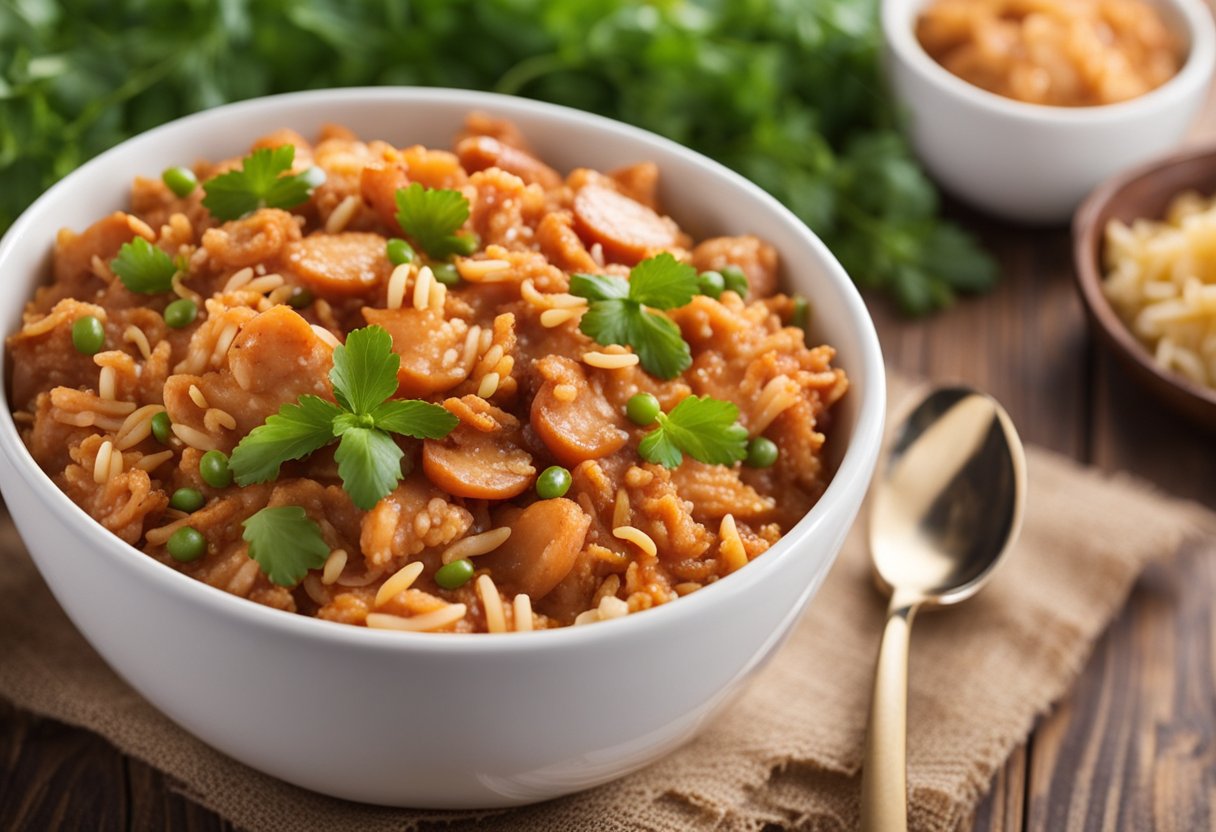
As a traditional Cajun dish, jambalaya is a flavorful and hearty meal that can be enjoyed on its own or as a side dish.
While it is not often considered a health food, jambalaya can provide a range of nutrients depending on the ingredients used to make it.
One of the main components of jambalaya is rice, which is a good source of carbohydrates and provides energy to the body.
Depending on the type of rice used, jambalaya can also contain fiber, protein, and a range of vitamins and minerals.
Meat is another common ingredient in jambalaya, with chicken, sausage, and shrimp being popular choices. These meats can provide protein, iron, and other essential nutrients.
However, it is important to note that some types of sausage and other processed meats can be high in sodium and saturated fat, which can be detrimental to health if consumed in excess.
Vegetables are also a key component of jambalaya, with onions, bell peppers, and celery being the traditional “holy trinity” of Cajun cuisine.
These vegetables can provide fiber, vitamins, and minerals, while also adding flavor and texture to the dish.
Overall, jambalaya can be a nutritious and satisfying meal when made with wholesome ingredients and eaten in moderation.
By incorporating a variety of nutrient-dense foods into this classic dish, you can enjoy its rich flavors while still supporting your health and wellbeing.
Frequently Asked Questions
How long does jambalaya last in the freezer?
Jambalaya can last in the freezer for up to 2-3 months if stored properly in an airtight container or freezer bag. It is important to label the container with the date it was frozen to keep track of its freshness.
Can you make jambalaya ahead of time?
Yes, you can make jambalaya ahead of time and store it in the refrigerator for up to 3-4 days. Alternatively, you can freeze it for longer storage.
Leftover jambalaya ideas?
Leftover jambalaya can be used in a variety of ways, such as adding it to a salad, stuffing it in a burrito, or using it as a filling for an omelet. The possibilities are endless!
Can you freeze jambalaya?
Yes, you can freeze jambalaya for up to 2-3 months if stored properly in an airtight container or freezer bag. It is important to label the container with the date it was frozen to keep track of its freshness.
How long can jambalaya sit out?
Jambalaya should not sit out at room temperature for more than 2 hours. After that, it should be refrigerated or frozen to prevent the growth of harmful bacteria.
Can you reheat chicken and chorizo jambalaya?
Yes, you can reheat chicken and chorizo jambalaya using any of the methods mentioned earlier, such as on the stove, in the oven, or in the microwave.
Just make sure to add a little bit of liquid to prevent it from drying out.


